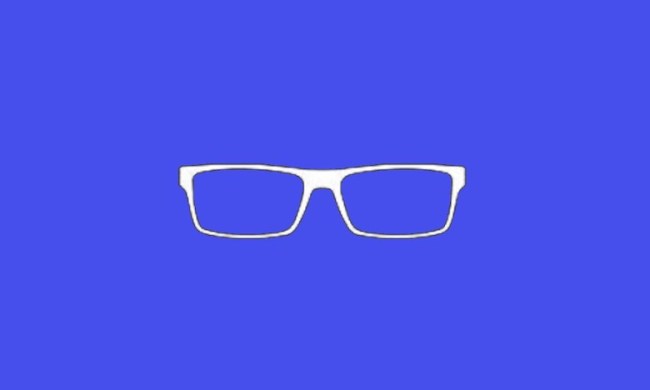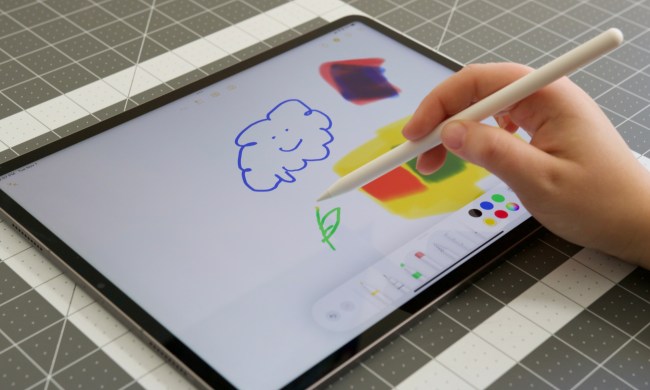In one of this year’s more unexpected patents, Apple was granted a number of U.S. patents on technologies behind what is being described as a “force-sensing glove”. But before you run off to find yourself a short and suspiciously green master, Apple’s patent looks less like Star Wars and more like it will be used for health purposes.

According to the patents, Apple is experimenting with the idea of weaving circuitry into fabrics. This circuitry would be able to sense pressure and force, and would then be able to transmit that data back to a laptop, phone, or other wearable device. A glove is highlighted as a specific example of an item that could be integrated with these circuits, but the patent is keen to stress that this technology could be applied to work in almost any item of clothing. Without going into deep specifics, the circuits would be interwoven between the strands of fabric, and may include “stiffeners” that pop the fabric back into place after pressure has been released, preventing erroneous readings.
What would be the point of such a device? The jury’s out at the moment, and Apple has been exceptionally vague in most of the patent, choosing to instead focus on the specific mechanics of such a device — as you’d expect from a patent. However, one section of the patent does specify that such force sensing technology could be used as part of a sensor that detects heart rate, blood pressure, respiration, or otherwise. With Apple’s recent focus on healthcare and heart-health in particular on the Apple Watch Series 4, this would be an unsurprising move for Apple to take.

However, potential uses would not end there, and the characteristically vague statements leave a lot of room for speculation. With “force sensors” comprising a huge amount of sensors, it might not be beyond the pale to imagine Apple using the tech to power other variations on “smart clothing”. With scientists at Britain’s Nottingham Trent University having recently discovered a way to integrate solar cells into clothing, it seems ever more likely the future will involve us ditching certain items in favor of “clever clothing”.


